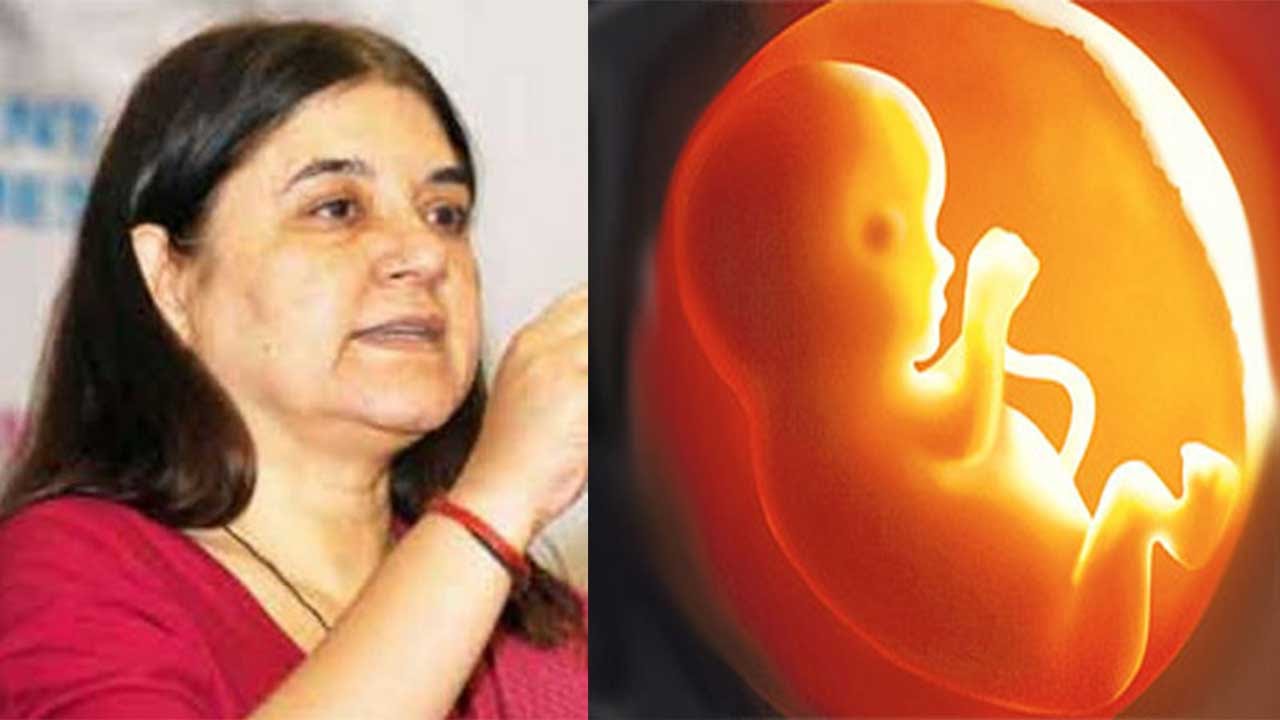By Ritomaitree Sarkar
Mass media plays an important role in interpreting policy intervention for societal change and influences discourse among the general public. Being a media student I have always been fascinated by the influence that media exerts over the masses. Rumored to be an unbiased source of information the industry over centuries has played a pivotal role in shaping public opinion. In this paper I tend to analyze this aspect through a specific event.
This study analyzes the issue of ‘Female Feticide’ or ‘sex selective abortion’ in the Indian press, the framing of ‘alternative policy’ proposed by Union Minister Maneka Gandhi (2016) to prevent it, and the representation of gender in the articles. Formation of public opinion on an issue is dependent on various factors including gender of source and reporter. While research has been done on gender differences in newsrooms and their implications on public opinion in developed nations (Cann, D. J., & Mohr, P. B.,2001; Caspi, D. ,2012, Cavender, G., Cory L. Armstrong, 2004), not much research exists on gender and Indian news industry. Compared to studies on differences in reporting between male and female journalists on non-gender related issues, less research exists on both genders reporting on gender related stories. This study looks to fill this gap in academic literature.
In addition to that the paper also attempts to analyze whether a major change in political-social analysis of the issue, like the coverage of Maneka Gandhi’s proposal of an alternative solution to Female Feticide, bring any change in the reporting gender of publications, sources, or public discourse. Does gender representation though selection of reporters or sources affect public opinion? What does this gender balance of sources imply on its effect on general public? More importantly, does a major change in political-social analysis of the issue, like the coverage of Maneka Gandhi’s proposal of an alternative solution to the problem of Female Feticide on 1st February 2016, bring any change in the reporting gender of publications, sources, and coverage?
A combination of quantitative and qualitative content analysis of six major Indian English Dailies- The Times of India, Mumbai Mirror, The Telegraph, Economics Times, DNA and The Indian Express is studied to examine the gender differences in network correspondents, the difference in their reporting style, difference in the gender, salience and portrayal of sources used in coverage of gender specific issue- female feticide. The qualitative method would involve analysis of ‘comments’ based on gender, age and location on news articles to help us understand the public discourse on the topic. I am still trying to figure out the tools for data collection. As the data pool is extensive I may use Python to scrap data but that is something I am still unsure of. I have started using SPSS to analyze some bits of the quantitative data available, but that is still in its testing stages.
